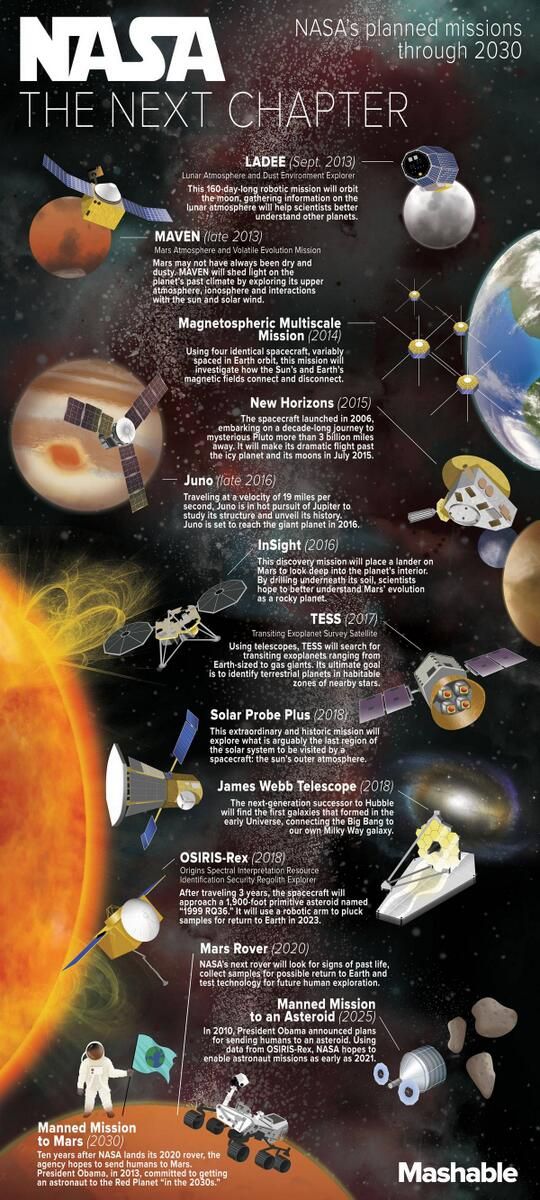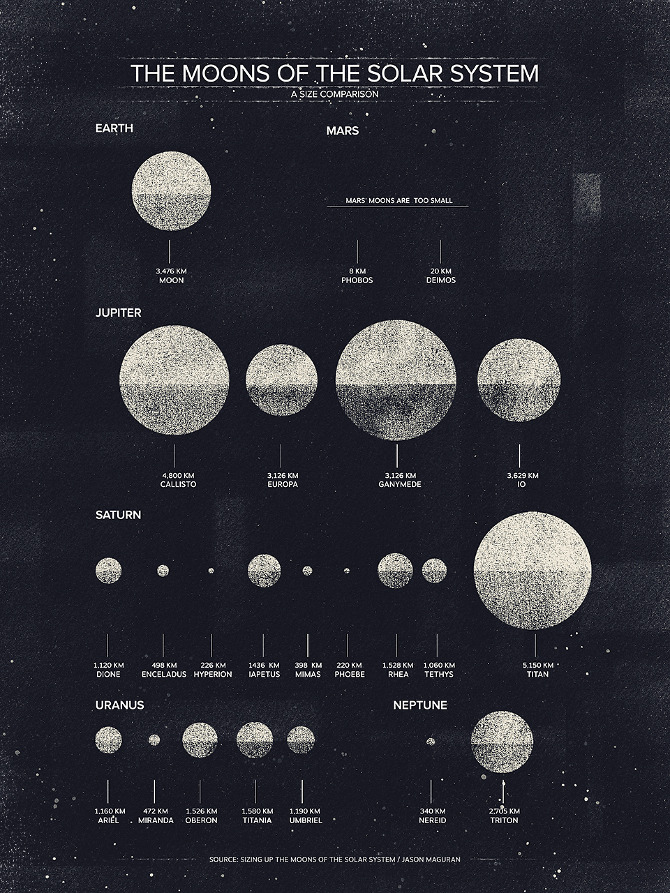


For decades we’ve been trying to boldly go where no man has gone before.
How successful have we been? All is revealed in this infographic.
An exploration of the geology of the solar system and what we might learn about past habitability on planets like Mars and Venus. John Michael Godier speaks with Emily Lakdawalla Senior Editor and Planetary evangelist of The Planetary Society about Mars, Venus, Io, and the more recent and future NASA missions such as the inSight Mars lander and the Mars 2020 rover sample return missions that are planned. Emily Lakdawalla: On Twitter About Emily at the Planetary society Her Book: NASA's Mars Rover 2020 page China wants to launch to Mars next year — part of an ambitious plan to bring the first Martian soil samples back to Earth: Event Horizon's Website: You can now support us on Patreon! Follow us on Twitter! Follow us on Instagram! MUSIC (Track names on screen in credits) Chris Zabriskie: : Kai Engel Stellardrone: Aerium:
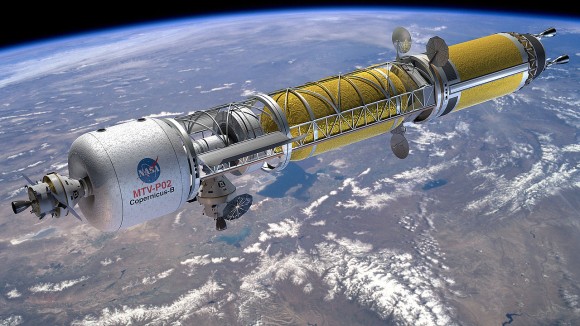
Artist’s concept of a Bimodal Nuclear Thermal Rocket in Low Earth Orbit. Credit: NASA
In the past four decades, NASA and other space agencies from around the world have accomplished some amazing feats.
Together, they have sent manned missions to the Moon, explored Mars, mapped Venus and Mercury,
conducted surveys and captured breathtaking images of the Outer Solar System. However, looking ahead to the
next generation of exploration and the more-distant frontiers that remain to be explored,
it is clear that new ideas need to be put forward of how to quickly and efficiently reach those destinations.
Riding Light from Alphonse Swinehart on Vimeo.
In our terrestrial view of things, the speed of light seems incredibly fast.
But as soon as you view it against the vast distances of the universe, it's unfortunately very slow.
This animation illustrates, in realtime, the journey of a photon of light emitted from the surface of the
sun and traveling across a portion of the solar system, from a human perspective.
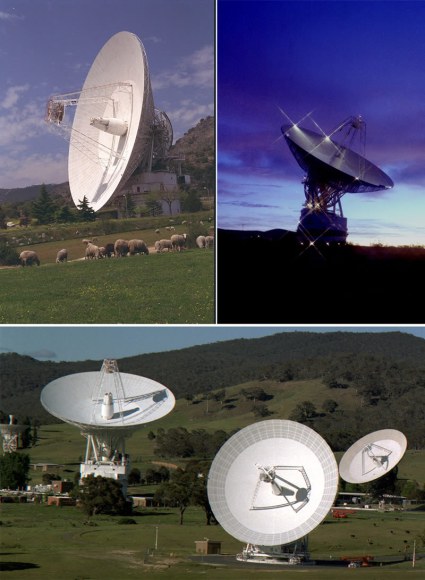
All communications with New Horizons – from sending commands to the spacecraft,
to downlinking all of the science data from the historic Pluto encounter –
happen through NASA’s Deep Space Network of antenna stations in
(clockwise, from top left) Madrid, Spain; Goldstone, California, U.S.; and Canberra, Australia.
Even traveling at the speed of light, radio signals from New Horizons need more than 4 ˝ hours to travel
the 3 billion miles between the spacecraft and Earth. Credit: NASA.
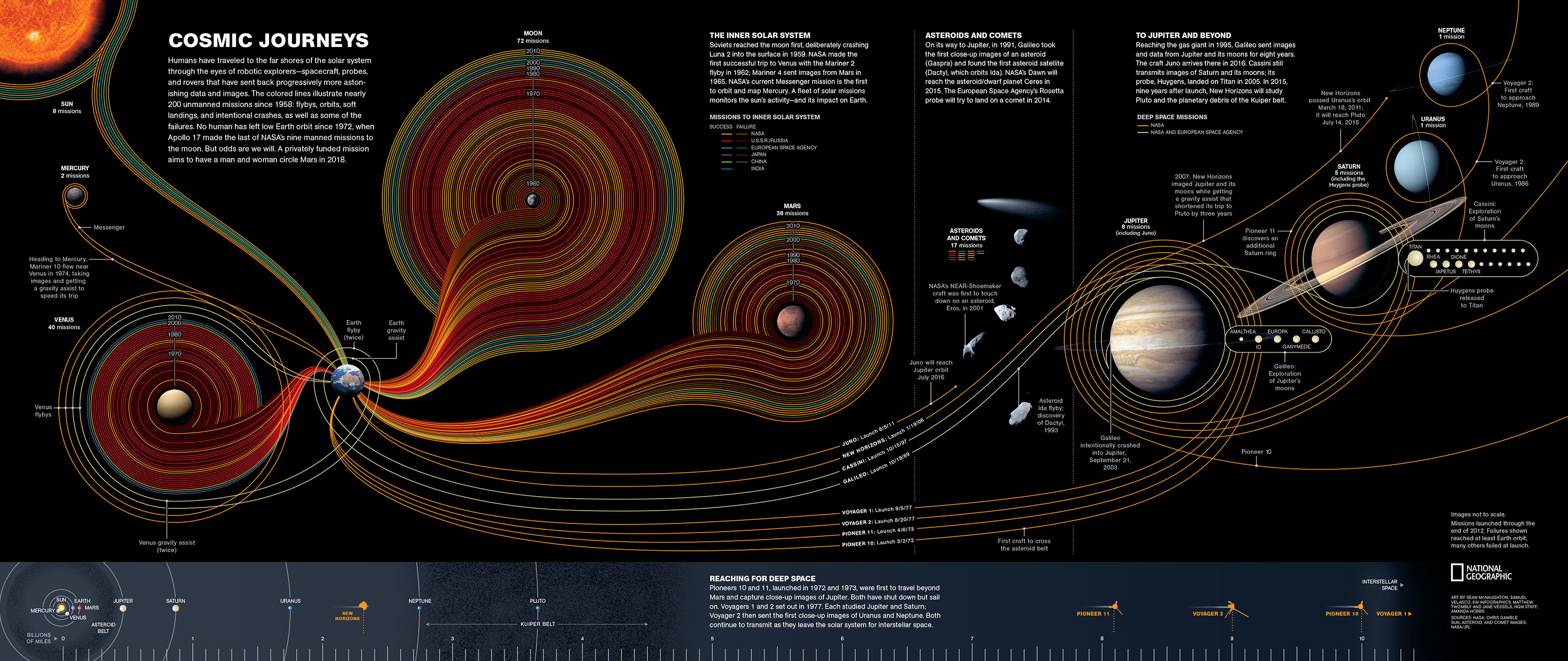
Updated! Zoomable Poster Now Shows Off 54 Years Of Space Exploration by Elizabeth Howell on May 20, 2014 Cosmic Journey by Sean McNaughton, Samuel Velasco,
5W Infographics, Matthew Twombly and Jane Vessels, NGM staff, Amanda Hobbs.
We humans are busy creatures when it comes to exploring the solar system.
This new graphic (which updates one from four years ago) showcases all the planets
we have visited in the past half-century. Both successful missions and failures are included
on this updated list, although sadly you won’t find much about the various visits to comets and asteroids.
Read more:
